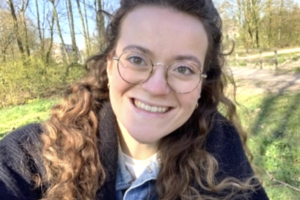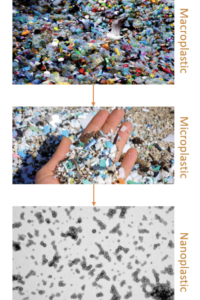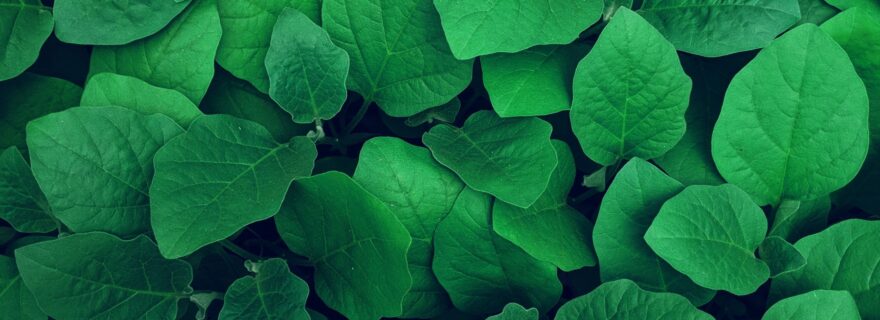LUGO blogger: Nikki's story

Already in the 16th century, the father of toxicology Paracelsus came up with his famous quote:
"All things are poison, and nothing is without poison; the dosage alone makes it so a thing is not a poison."
Which in short means: everything can be poison if there is too much of it. My name is Nikki and I am a Biology student with great interest in pollution and toxicology. I am currently a Master student in Biology Science Communication and Society at Leiden University, where both of my interests in pollution and toxicology come together with science communication. I find sharing scientific knowledge with society to raise awareness of important environmental problems to be crucial!

Both topics pollution and toxicology are strongly connected with sustainability. In my opinion, pollution does not fit in the picture of people living in harmony with nature. The more we pollute our planet, the more various substances can potentially come back to us, possibly in a different form. Does this sound familiar to you? That’s right, plastics! At first sight, plastic is a beautiful material, fit for all kinds of purposes. However, since the 1950’s the plastic production has increased to 359 million tonnes per year in 2018, of which only 9,4 million tonnes is recycled. Unfortunately, the remaining plastic waste ends up in landfills or in the environment, where it degrades very slowly. Plastic in the environment is a well-known problem these days. However, what is known to a lesser extent are microplastics and even more unknown are nanoplastics. The latter, plastic particles smaller than 1000 nanometers (0,0001 cm), are the focus of my current internship research. It is known that nanoplastics are formed from bigger plastics in nature, and can possibly be toxic to certain animals and humans. Sadly, very little is known about the presence of nanoplastics in nature, as we currently do not have the right methods to detect these. There is a strong possibility that nanoplastics may be present in our drinking water or food, and these chances will only increase in the future as the plastic production rises. This is why I am developing a method for extraction and identification of
nanoplastics from soil, with help of the Institute of Environmental Sciences Leiden (CML). I am planning on publishing a paper on this subject in the second half of this year. Hopefully this can be the start of more clarity on the presence of nanoplastics in the environment and maybe even a reduced plastic production in the future.
I hope that you will have the chance to read more of my stories and articles about sustainability topics, as I am one of the new LUGO blog writers. When people become aware of the consequences of their actions, they are more likely to make a change. I would like to close off my story by saying: if you want to have an influence on a more sustainable future with less (nano)plastics, tell your friends and family this story! Besides: one single-use plastic rejection at a time will get us to the finish line!


0 Comments